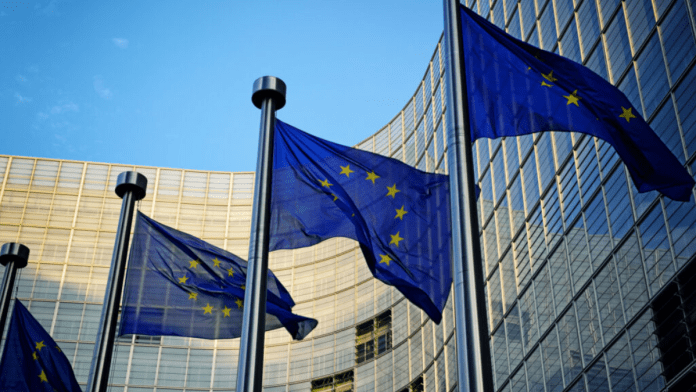🕒 Last updated on July 3, 2025
EU Eyes 90% Emission Cuts by 2040
The European Union is planning to cut its greenhouse gas emissions by 90% by the year 2040. This goal is part of the EU’s journey toward becoming fully climate-neutral by 2050. To help make this transition smoother and less expensive, the EU is considering a major policy change. For the first time since 2021, the EU may allow a small number of imported carbon credits to count toward its emission goals.
These carbon credits would come from a new program supervised by the United Nations. According to a draft document seen by sources, these international credits could make up 3% of the total pollution cuts by 2040. This would give the EU more flexibility and help lower the cost of its ambitious climate efforts.
The European Commission, which drafts and proposes laws for the EU, plans to present this new proposal on July 2. Some member countries have concerns, but the commission still wants to move ahead on schedule. The commission believes that this policy shift could reduce pressure on industries and help maintain support across all 27 member countries.
Unapproved Carbon Credits May Return
The carbon credits the EU wants to allow are not random or unregulated. They would come from a new international system created under the Paris Agreement. This system is known as the Article 6 mechanism. It allows one country to support a project that cuts carbon emissions in another country and then use those results to meet its own climate goals.
This idea is not entirely new. In the past, the EU accepted similar credits under its Emissions Trading System (ETS). But in 2021, the bloc banned those credits over doubts about their environmental quality. The new plan would allow a limited number of high-quality credits starting in 2036.
The rules would be strict. The EU would decide which credits are good enough to count. It would check their source, quality, and other details before accepting them. This would help prevent fraud and make sure that the credits actually help the environment.
Making Room for Flexibility and Removals
In addition to using imported credits, the EU’s draft plan includes other ways to meet the 2040 target. These include carbon removals. Carbon removals are activities that pull carbon dioxide out of the air or prevent it from being released. Examples include planting trees or using machines that capture emissions from factories.
The EU also wants to keep some flexibility across different parts of the economy. That means it may allow certain sectors to cut more or less pollution, depending on their situation. This could help balance out differences between industries and reduce the total cost of meeting the target.
Atomic Oceans: China’s Controversial Plan to Mine the Sea for Uranium
Even though the draft includes many ideas, it does not explain exactly how all the emissions cuts will happen. Some countries may see this lack of detail as a problem. They worry about how the plan will affect jobs, energy prices, and industrial competitiveness.
Balancing Climate Action and Economic Concerns
The EU wants to lead the world in fighting climate change. But it also wants to keep its economy strong. High energy prices and tougher rules have made some businesses nervous about future investments. To calm these fears, the European Commission promises to consider economic and social impacts while writing more detailed rules.
The draft also states that future laws will ensure energy stays affordable and businesses remain competitive. This is especially important now, as the political climate in Europe is shifting. A more conservative direction in many countries could make passing green laws harder.
Some leaders are already pushing back. They say a 90% target is too high and could hurt their economies. Others believe the goal is necessary to fight climate change and want to stay the course. The proposal may still change before it becomes law, but the direction is clear. The EU is preparing to bring back carbon credits—carefully and in small amounts—as part of its broader climate strategy.

